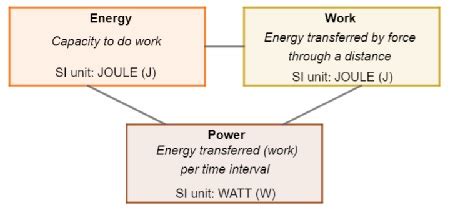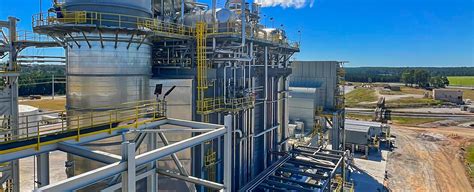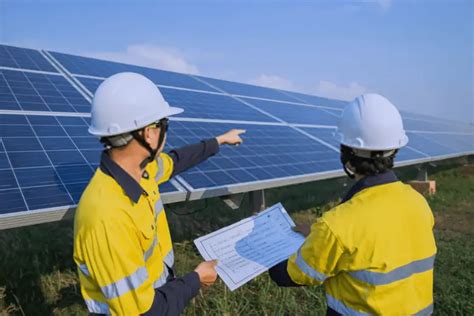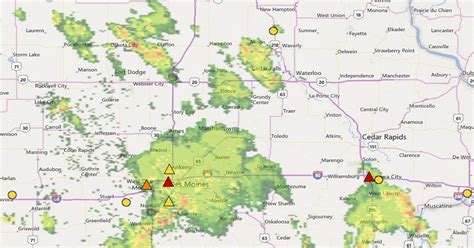Measuring power and energy effectively is crucial in various fields, including electrical engineering, physics, and electronics. The ability to accurately quantify power and energy is essential for designing, optimizing, and maintaining complex systems, such as power grids, electronic devices, and machinery. In this article, we will delve into the fundamentals of power and energy measurement, discussing the key concepts, techniques, and instruments used to achieve accurate and reliable results.
Understanding Power and Energy
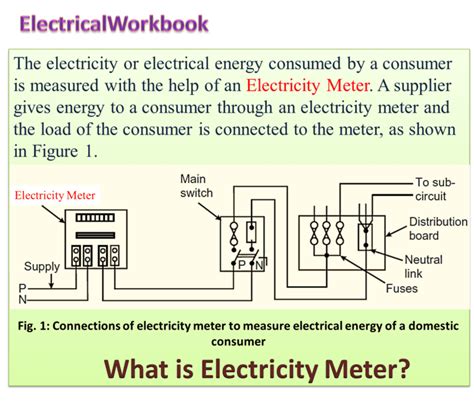
Power and energy are two related but distinct physical quantities. Power refers to the rate at which energy is transferred or converted, typically measured in watts (W). Energy, on the other hand, represents the total amount of work done or the capacity to do work, usually measured in joules (J). To illustrate the difference, consider a water pump that consumes 100 W of power to pump water at a rate of 10 liters per minute. The energy consumed by the pump over a period of one hour would be 360,000 J (100 W x 3600 s).
The measurement of power and energy is critical in various applications, including:
- Electrical power systems: to monitor and control the flow of electrical energy
- Industrial processes: to optimize energy consumption and reduce waste
- Transportation: to evaluate the efficiency of vehicles and propulsion systems
- Renewable energy: to assess the performance of solar panels, wind turbines, and other renewable energy sources
Measurement Techniques
Several techniques are employed to measure power and energy, including: calorimetry, which involves measuring the temperature change of a substance to determine the energy transferred; electromagnetic induction, which uses coils and magnets to measure the voltage and current of an electrical circuit; and optical methods, which utilize light to measure the energy transfer or conversion. Each technique has its advantages and limitations, and the choice of method depends on the specific application and the desired level of accuracy.| Measurement Technique | Description | Accuracy |
|---|---|---|
| Calorimetry | Measures temperature change to determine energy transfer | ±1-5% |
| Electromagnetic Induction | Measures voltage and current using coils and magnets | ±0.1-1% |
| Optical Methods | Utilizes light to measure energy transfer or conversion | ±0.01-0.1% |

Instruments for Power and Energy Measurement
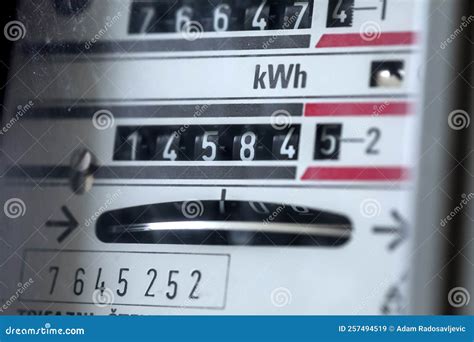
A variety of instruments are available for measuring power and energy, including: wattmeters, which measure the power consumption of an electrical circuit; energy meters, which measure the total energy consumed over a period; and power analyzers, which provide detailed information on the power quality and energy efficiency of a system. These instruments employ various sensing technologies, such as hall effect sensors, shunts, and current transformers, to measure the voltage, current, and power of an electrical circuit.
The selection of the appropriate instrument depends on the specific application, the level of accuracy required, and the environmental conditions in which the measurement will be taken. For example, in industrial settings, power analyzers are often used to monitor the power quality and energy efficiency of large motors and drives, while in residential settings, energy meters are used to measure the total energy consumed by a household.
Key Points
- Power and energy are distinct physical quantities, with power representing the rate of energy transfer and energy representing the total amount of work done.
- Accurate measurement of power and energy is crucial in various fields, including electrical engineering, physics, and electronics.
- Several techniques are employed to measure power and energy, including calorimetry, electromagnetic induction, and optical methods.
- A variety of instruments are available for measuring power and energy, including wattmeters, energy meters, and power analyzers.
- The selection of the appropriate instrument depends on the specific application, the level of accuracy required, and the environmental conditions in which the measurement will be taken.
Challenges and Limitations
Measuring power and energy effectively can be challenging due to various factors, including: noise and interference, which can affect the accuracy of the measurement; non-linear loads, which can distort the voltage and current waveforms; and environmental conditions, such as temperature and humidity, which can impact the performance of the measurement instrument. To overcome these challenges, it is essential to carefully select the measurement instrument, ensure proper calibration and maintenance, and implement data acquisition and analysis techniques that can handle complex and noisy signals.Furthermore, the increasing use of renewable energy sources and energy-efficient technologies has created new challenges and opportunities for power and energy measurement. For example, the integration of solar panels and wind turbines into the grid requires advanced measurement techniques to monitor and control the flow of energy, while the development of energy-efficient buildings and industries demands precise measurement of energy consumption to optimize performance.
What is the difference between power and energy?
+Power refers to the rate at which energy is transferred or converted, typically measured in watts (W), while energy represents the total amount of work done or the capacity to do work, usually measured in joules (J).
What are the common techniques used to measure power and energy?
+The common techniques used to measure power and energy include calorimetry, electromagnetic induction, and optical methods.
What are the challenges and limitations of measuring power and energy?
+The challenges and limitations of measuring power and energy include noise and interference, non-linear loads, and environmental conditions, which can affect the accuracy of the measurement.
Meta description: Measuring power and energy effectively is crucial in various fields. Learn about the key concepts, techniques, and instruments used to achieve accurate and reliable results. (147 characters)
